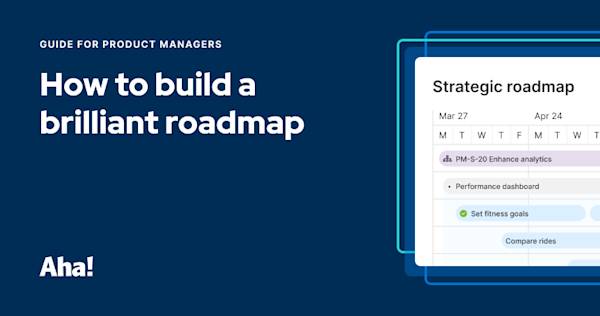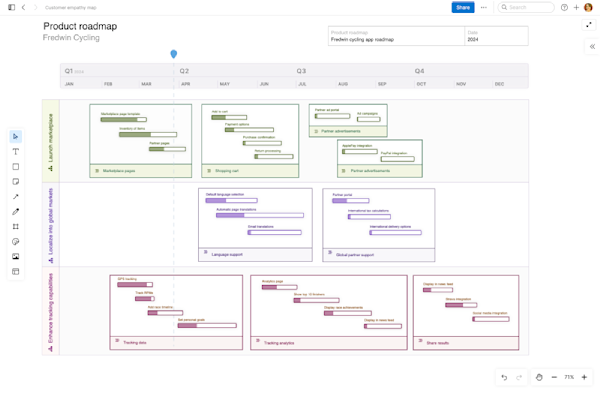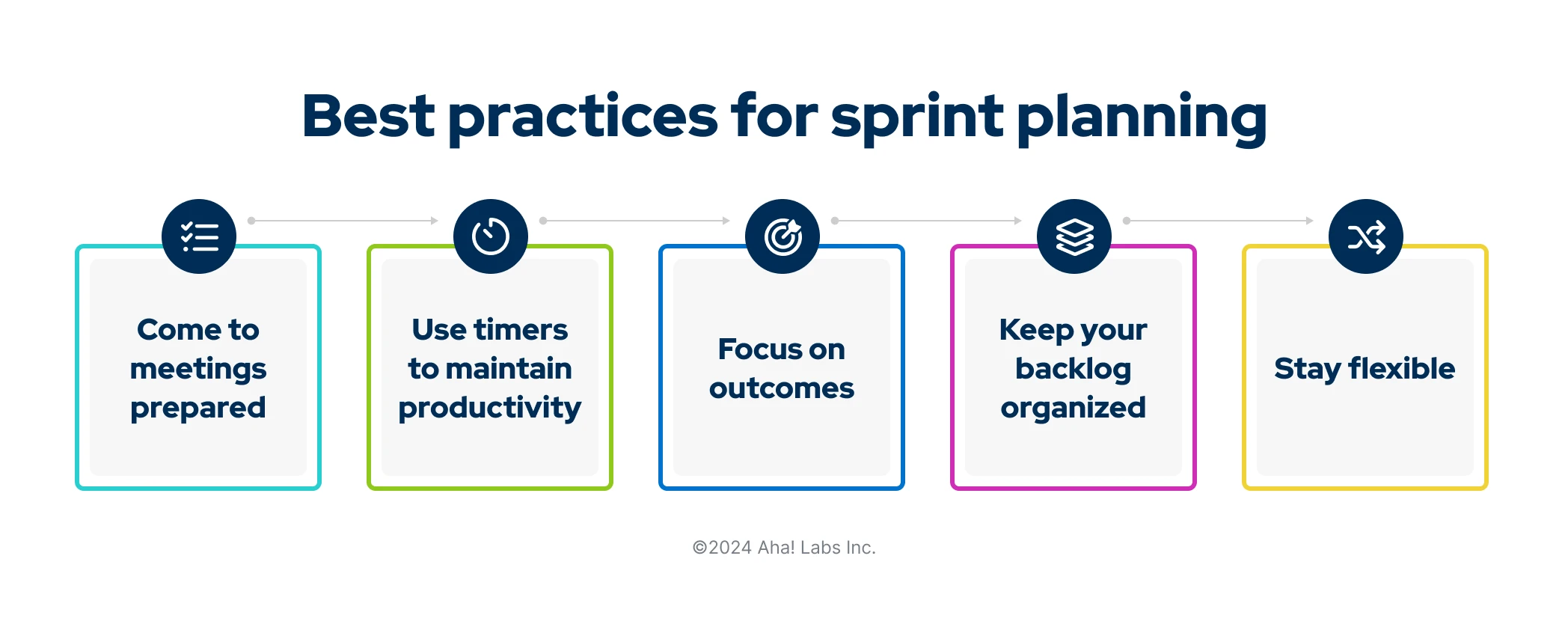What is a sprint planning meeting?
How to plan sprints that align teams and drive meaningful results
Last updated: April 2024
Learn what a sprint planning meeting is, who should attend, and how to run one effectively. In turn, your team can set clear goals, prioritize the right work, and start each sprint with a sense of alignment and confidence. |
A sprint planning meeting is a working session meant to help development teams decide on which backlog items to prioritize during the next sprint. Attendees include the scrum master, product manager, and members of the scrum team. Together, they work to set sprint goals, determine how work will be completed, and align on next steps.
Scrum teams are self-organizing — meaning you decide who works on what and when the work is done. But how do you accomplish this? To stay aligned and on track to meet goals, scrum teams hold four events related to sprints: sprint planning meetings, daily standups, sprint reviews, and sprint retrospectives.
Naturally, sprint planning comes first in the sequence. This is when the team collectively commits to the batch of work for each sprint, which is typically two to four weeks long. In other words, you determine what you are going to build, test, and release to customers.
The sprint planning whiteboard template in Aha! software can help you align on the body of work you will tackle during your next sprint. And once planning is complete, you can convert elements on the whiteboard into real work items in Aha! Roadmaps.
Try this sprint planning template in Aha! software — start a free trial.




